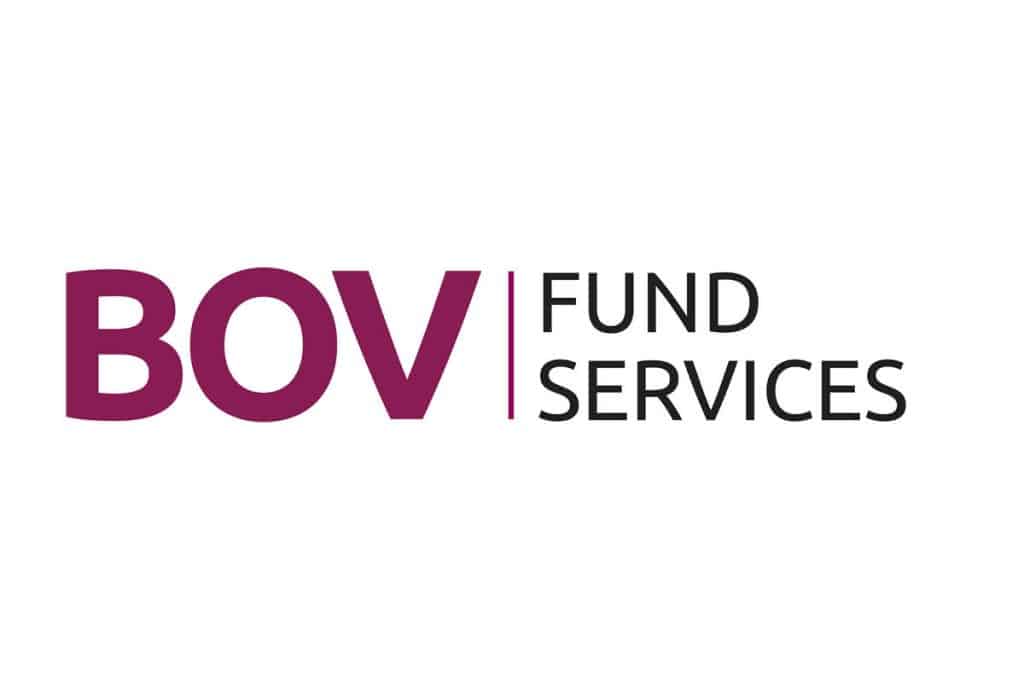The Dream Murderer Cycle By Paul Taffinder

John E. Kaye
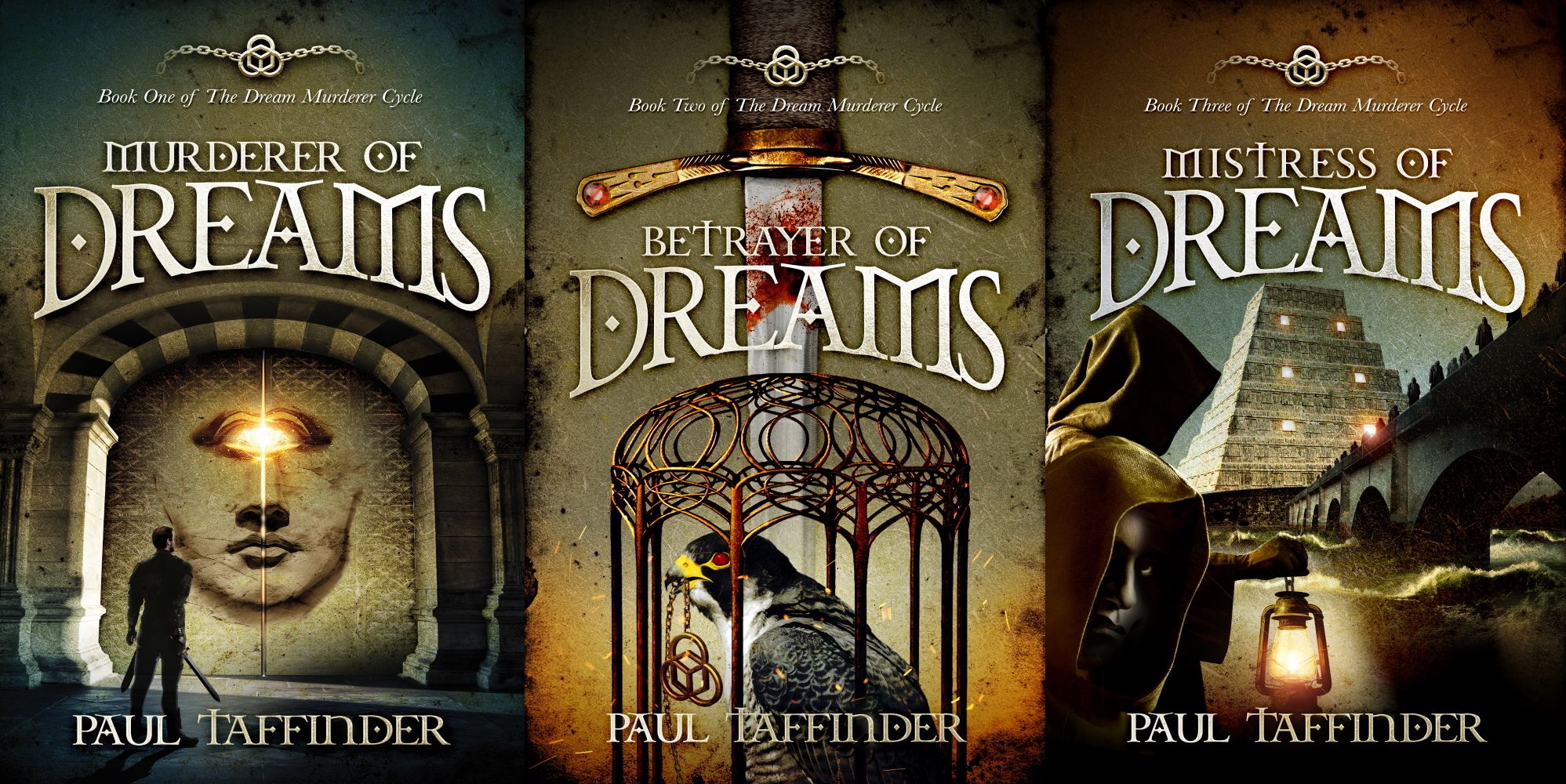
Bestselling business author, psychologist and corporate consultant Dr Paul Taffinder reveals the true qualities of leadership in his debut works of fiction: the epic Dream Murderer Cycle.
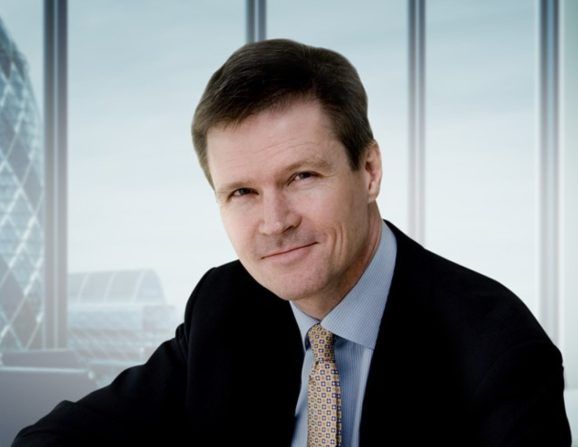
Over the past three decades, respected psychologist and corporate consultant Dr Paul Taffinder has earned a reputation for being just the man to call in when you need strategic guidance on managing large-scale change or CEO-led transformation within your company.
He has advised top executives of Global 500 companies across a broad range of industries from aerospace and automotives to financial services, and his no-nonsense insights into effective leadership, and how to cultivate it, have seen him being dubbed “the CEO Whisperer”.
Dr Taffinder already has a host of internationally bestselling and award-winning business titles to his name, including The New Leaders (Kogan Page, 1995), Big Change (Wiley, 1998), and The Leadership Crash Course (Kogan Page, 2000), so when his latest books arrived on my desk I was expecting more of the same.
It was, then, initially something of a surprise to see that he has just entered the fiction market with a trilogy of science fantasy novels, The Dream Murderer Cycle. Surely this must be another Paul Taffinder?, I thought.
No, these novels—Murderer of Dreams, Betrayer of Dreams, and Mistress of Dreams—are by the one and same (who is apparently a lifelong fan of science fiction and fantasy literature). But when I started reading them I quickly realised that not only do they comprise a stunningly entertaining story in their own right but also—and hence why I am reviewing them here—the perfect companion to his leadership books.
For this epic story of power struggle—and for the highest of stakes: the future of humanity—takes everything Dr Taffinder has written about true leadership and transplants it into a gripping narrative; a thought experiment of sorts, or medieval morality play, where differing approaches to leadership are acted out to see which will ultimately triumph.
You could, then, say this is psychological science fantasy, and the Dream Murderer Cycle investigates many other fascinating themes related to leadership, such as integrity of purpose vs obligation, the need for disguise in public life (without forgetting the core of who you are), and action vs passivity. Not for nothing, then, does the author describe his trilogy as a “tale of human purpose”: how to grab it, how to hold on to it and why it matters.
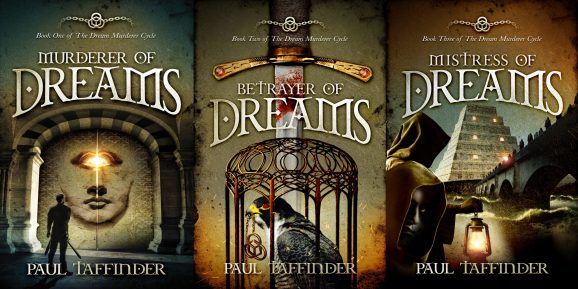
The series is set 18 centuries into the future, at a time when humanity is living in a new Dark Age of superstition and bloody violence. The cause of this, as we learn in the first novel, Murderer of Dreams, is a massive comet, Echrexar, that crashed into the planet in the year 2084 and virtually wiped out humankind.
The few who survived did so by sheltering underground, but the shockwaves of Echrexar are still being felt in society all those centuries later. Here, their descendants live on a continent called ‘Kiangsu Realm’, where they are divided and ruled by pompous, scheming feudal lords locked in internecine clan conflict, and by the keepers of the Faith, a religion of fear that has built up around the comet, promoting it to full godhood.
There are, however, a few Immortals in this brutal world—individuals who received a nanotechnology medical treatment prior to Echrexar’s arrival that halted aging, though they can still be killed by accident … or by others.
They remember the world as it was before, and among them is Eslin, an eternally 25-year-old woman who, under the guise of ‘Skava’, now serves one of the feudal lords as a spymaster.
Eslin, however, differs from her fellow Immortals in wanting to restore civilisation to its former glory.
They, wearied by the unending procession of years, have become cynical and afflicted by ennui, happy to keep to the shadows and let nature take its course; she, however, burns with the desire to release, reunite and rebuild humanity.
In the febrile political climate, however, Eslin must guard her plans closely, acting strategically at all times to manipulate rather than force lest she be discovered too soon.
Resolute in her belief, and willing to sacrifice others to bring about the outcome she holds to, she is in this schema the embodiment of true leadership. This often pushes her beyond her personal boundaries but this is what required if humanity is to be saved.
In the first novel, she must set her plans in motion while avoiding the ceaseless pursuit of her enemies—chiefly, the assassin Kesmet and the Hunters of Heretics.
Betrayer of Dreams, book two of the trilogy, sees further complications as the death of one of the rulers at the hands of an assassin throws the realm into turmoil.
By the third and concluding novel, Mistress of Dreams, the situation has collapsed into all-out war, with both nobles and the leaders of the Faith vying for victory. It will now take more than just the renegade armies allied to Eslin’s cause to win the day; it will require control of ancient secrets buried within the black tunnels of the Temple at Cise Hook.
It goes without saying that those who adore the science fantasy genre, with works such as Game of Thrones, Dune or Lord of the Rings, will be thrilled with The Dream Murderer Cycle, which vividly describes a living, breathing world packed with myth, lore and tensions.
But I have no doubt that business professionals will also be amply rewarded for their investment of time, given its intelligent treatment of relatable themes.
In Eslin’s case, her commitment to her goal and willingness to take risks to further that end have the potential to realise a new world; for us mere mortals, there are certainly insights which we could all benefit from in the boardroom, shared in memorably, pithy prose.
Gripping fiction coupled with profound insights into the human condition, offering a future history that keeps one foot in the realities of our world, give it a try and discover an epic tale which lays bare the key principles of true leadership.
Murderer of Dreams (Book One of The Dream Murderer Cycle) and Betrayer of Dreams (Book Two of The Dream Murderer Cycle) by Paul Taffinder are published through Xiphax Press and are available now on Amazon in paperback and eBook formats, priced £12.99 and £6.99 respectively.
Mistress of Dreams (Book Three of The Dream Murderer Cycle) will be published in August 2022. For more information, visit the author’s website, www.dreammurderer.com – www.dreammurderer.com or follow him on Twitter at @XiphaxP and Instagram at @xiphax_press
Q&A INTERVIEW WITH DR PAUL TAFFINDER
Psychologist Dr Paul Taffinder, founder of Taffinder Consulting and a Visiting Professor at Goldsmiths College, University of London, discusses why he has ventured into fiction and how this has allowed him to explore key business concepts such as leadership and change management.
Q. How have you achieved your lifelong ambition of writing The Dream Murderer Cycle?
A. I have always had creative writing in mind, as it were, even during those extremely busy times as a business advisor. Indeed, as a psychologist my work involves dealing with human emotion, quirks, ambitions, passions and self-destructive urges. For most working people, whether CEOs or employees, the way to achieve anything is to set goals and then commit to actually doing something. Easier said than done … but that is exactly what I did with the trilogy. Writing on trains going into work and back home, as well as evenings and weekends. Writing is about both creativity and the discipline of putting one word behind another until you have 180,000! In the case of the Dream Murderer trilogy, Covid lockdowns in 2020 and 2021 helped quite a lot: the consulting business dried up and I invested all of myself in writing.
Q. How do you shift gear from writing successful business books on leadership, psychology and organisational transformation to writing science fantasy novels?
A. In truth, the mindset shift is hard. I had to change from the rational, economic world of business to the creative, fantastical and emotive world of a novel in my head. The trickiest issue is that working in the corporate milieu demands tasks and time input that is mostly in short chunks—an hour here, ten minutes there. It’s rapid paced. By contrast, novel writing (and business book writing) is slow-paced, takes hours and days in a continuous process and it’s very easy to get lost in that world—so that hours have disappeared and only a sentence or two has been written! I am very good at focussing and then devoting all my attention to writing, freeing up substantive chunks of a day to make progress. With some of my business books, I took time off to focus exclusively on researching and writing.
Q. Your new trilogy, in a sense, is an extension of your business books, especially The Leadership Crash Course, in that it explores the concept of effective leadership. What would you say the key traits of an authentic, successful leader are?
A. Leadership is largely concerned with having and displaying conviction, being willing to take risks, set aspirations for followers by telling a compelling story about the future with reference to the past and present, and their followers’ involvement in this story—and, finally, being willing and able to be an actor. Many CEO leaders have confided to me that they put on a role—more confident, more decisive, for example—in order to operate effectively as a leader. In part, this is ‘impostor syndrome’ where even successful people half-believe deep down that they don’t deserve their success or can’t quite understand how they got to step up into a big role. Equally, it’s about acting: one CEO said to me that he ‘put on a mask’ when he left home to go to work. Another key attribute is that leaders are not afraid to challenge— even to the extent of having an air of unpredictability or menace, essential for those pressurized times when decisive action is imperative.
Q. By comparison, what would you define as a bad leadership style, and why must this be avoided?
A. Bad leadership, of course, isn’t leadership at all. You can see this often in people, like politicians, who try to please everyone and come off as weak or confused in their messages. Worse are those who follow trends and shy away from making a stand in line with their convictions or indulge in ‘spin’ to pretend that the direction they have chosen is the right one. I would also put in this category the person who wants to be liked by followers: leadership invariably means that someone or some group will hate what you decide and resist in any way they can. Any or all of these problems of leadership result in undermining authority, weakening resolve and bolstering nay-sayers or even saboteurs in an organisation.
Q. In your novels, one of the themes explored is that of disguise and acting. Why is this important in leadership?
A. Almost every leader I have advised will tell me confidentially that they have doubts, fears, lack of confidence or inadequate knowledge. It is very difficult to operate as a leader (when
your followers are looking to you) by being open about all of these uncertainties. Yes, you can indicate that you don’t have the answers and you need others to contribute their expertise, but most leaders recognise they need to put on an act some of the time. There is a fashion nowadays in the organisational world that ‘real’ leadership is about ‘being yourself’ and that somehow people will follow you merely for being ‘true to yourself’. This is claptrap! Everyone acts, everyone dissembles: whether this about projecting confidence (in the face of significant difficulties), being decisive (when you have doubts), taking tough decisions (when you’d rather not), or smiling and appearing relaxed (when you are fearful and uncertain). Many of the great leaders of the past rigorously practised their oratory – their skill in communicating, touching other people’s emotions and projecting their own conviction into followers. Think of Churchill, Mandela, Florence Nightingale, Queen Elizabeth I, Julius Caesar, or Golda Meir.
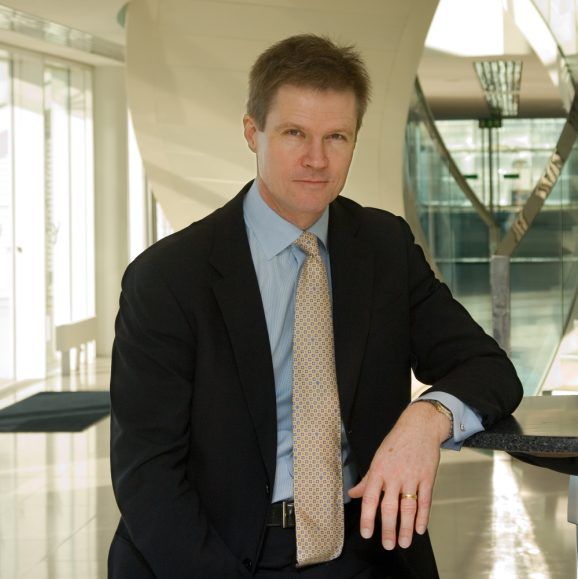
Q. Your novels also explore the psychology of change. What are the key requirements to managing change and upheaval within a business?
A. In my book Big Change I set out in detail the five components for effecting significant change: (1) Awakening (alerting everyone to the need to change); (2) Conceiving the Future (our aspiration, goals and vision for what we are trying to attain); (3) Building the Change Agenda (defining a blueprint for the process of making change happen); (4) Delivering Big Change (staying the course, spreading leadership of the change widely and acknowledging and fixing mistakes fast); and (5) Mastering the Change (consolidating gains, driving consistency of behaviour and performance from employees and building a culture of responsibility for change).
The psychological underpinnings of successful change are equally critical. Leadership is vital, especially in showing people what the change will mean for them. Remember, that individuals do not resist change—they resist loss. In other words, people hate to lose something (whether it’s the comfort of familiar aspects of a role, the erosion of responsibility
or status, the taking away of perks or old ways of doing things). Pushing and implementing innovation is vital too—specifically what I term ‘systemic innovation’; that is, a substantive shift in how the organisation as a system operates so that it can innovate more effectively and more frequently. Finally, no organisation can achieve effective change without escalating task conflict and constructively reducing conflict over values, norms and goals. Positive conflict is about seeking out ‘difference’ and embedding challenge and self-critique so you can find and solve problems quicker and better. Not doing this invites resistance or hidden sabotage from people who cannot see the value of the change to them.
Q. In the future world you describe in your trilogy, there is a tension between the desire to rebuild and the urge to concede. How can a professional build purpose into their life and keep it alive?
A. Purpose in organisations is best built either by aspiring to a great goal or by battling, backs-to-the-wall, to survive threats. The second is, in fact, easier! When you are up against it, the urgency and challenge of the situation galvanises people—as long as you can have the clarity of mind to set objectives and take action to overcome the threats. Developing an aspiration in stable organisations, or even in a job that is comfortable, is far harder. Most people are psychologically primed to ease off, to just do your bit, or follow your own course—making it very difficult for leaders to push for change. Some individual professionals can build purpose by either setting grand goals, although this is hard to sustain (much like New Year resolutions). Very few individuals have the underlying motivation and discipline to carry out what I call ‘top-down purpose’, building from a grand dream. But the other way to build purpose is through setting small goals—day-to-day, week-by-week—that together can be constructed into achievement of aims and dreams. I call this ‘bottom-up purpose’.
For myself, from my late teens I always wanted to have an impact on people. I learned quite rapidly that as a clinical psychologist you might help only a few dozen people in your entire career but that a psychologist working in the corporate world on organisational change and
leadership could touch the lives, for the better, of thousands of people. For me, I have found that writing books provides the same extended reach—helping people across the world to develop to their potential.
Q. You wrote your novels while running a highly successful consultancy. How can having a hobby help improve a professional’s business life?
A. For me, taking an active interest in writing, cricket, rugby, scuba-diving, reading, teaching at universities and generally being curious about everything brings with it the opportunity to understand a breadth of other perspectives, ways of looking at the world, lessons from history and different disciplines in science and literature. A mix of hobbies and passions that you pursue vigorously makes you more informed, more willing to take diverse viewpoints and consider alternatives. Psychological research, set out in my book Big Change, demonstrates that this drives better mutual understanding between people, enhances innovation as well as problem-solving, and leads to higher quality decisions and improved commitment to them.
Q. You are dubbed the “CEO Whisperer”. Can you explain what this means?
A. Some years ago, an American client used this phrase during a session I was running on how CEOs think about their role, how they make decisions, what they worry about and what their underlying fears are. The sobriquet stuck! Halfway through my career as a management consultant, I discovered that I was very comfortable meeting and talking to CEOs. Whereas most of my colleagues were nervous and profoundly uncomfortable standing to-to-toe with a CEO, I loved both the challenge and the bandwidth of issues that CEOs have to deal with. In due course, I started to specialise in ‘how to be a better CEO’—whether the issue was strategy, personal development, team building, organisational structure or the universal week-to-week strains of handling powerful senior individuals in an executive team. Contrary to received wisdom, top teams in the corporate world are not packed with team-players! You don’t get to the top of a business unless you are driven by a need for power, more self
interested than not and very assertive, even aggressive. The challenge for CEOs is how to use these underlying psychological traits in their executive committee to make it a high-performing team. No easy task, but very valuable if you succeed.
Q. You have launched your own publishing house, Xiphax Press, to release your novels. What has been the greatest challenge, and the most rewarding part, of this process?
A. Initially, creating my own publishing house seemed like a step into the unknown. After all, my experience of publishing until then involved the big global publishing firms who did everything for me once I handed over the manuscript: copy editing, typesetting, cover design, cover size and content on back, front and spine, marketing and distribution. The advent of online book buying and, especially, Amazon changed all that and their innovation has prompted huge new channels for distributing books globally. What I discovered was that building my own publishing house was very similar to running an advisory business: you need to learn how to do new things—some technical, some creative. You also have to get in the right people to help—just as you do in any firm. For me, the most rewarding aspect is hearing about the impact on my readers, those who become great fans and those who want to send suggestions or questions about characters or storyline. Their views are stimulating to my creativity.
For more information on Dr Taffinder’s professional services, visit www.taffinderconsulting.com
Sign up to The European Newsletter
RECENT ARTICLES
-
 Afore SURA awarded Pension Fund Management Company of the Year 2025
Afore SURA awarded Pension Fund Management Company of the Year 2025 -
 BOV Fund Services Limited wins in The European Banking & Finance Awards 2024
BOV Fund Services Limited wins in The European Banking & Finance Awards 2024 -
 Amberdata wins two titles in The European Banking & Finance Awards 2024
Amberdata wins two titles in The European Banking & Finance Awards 2024 -
 Ajman Bank wins in The European Banking & Finance Awards 2024
Ajman Bank wins in The European Banking & Finance Awards 2024 -
 Creditú wins three titles at The European Banking & Finance Awards 2024
Creditú wins three titles at The European Banking & Finance Awards 2024 -
 Krungthai Bank PCL wins five awards in The European Banking & Finance Awards 2024
Krungthai Bank PCL wins five awards in The European Banking & Finance Awards 2024 -
 Oakridge Property Group wins at The European Global Business Awards 2024
Oakridge Property Group wins at The European Global Business Awards 2024 -
 Old Mutual Investment Group wins two titles at The European Global Banking & Finance Awards 2024
Old Mutual Investment Group wins two titles at The European Global Banking & Finance Awards 2024 -
 AXA IM Select wins at The European Global Banking & Finance Awards 2024
AXA IM Select wins at The European Global Banking & Finance Awards 2024 -
 Zenith Bank Ghana wins five titles at The European Banking & Finance Awards 2024
Zenith Bank Ghana wins five titles at The European Banking & Finance Awards 2024 -
 SeABank awarded The Risk Management Bank of the Year - Vietnam 2024
SeABank awarded The Risk Management Bank of the Year - Vietnam 2024 -
 Vista Land & Lifescapes Inc. wins three titles at The European Global Business Awards 2024
Vista Land & Lifescapes Inc. wins three titles at The European Global Business Awards 2024 -
 Boursa Kuwait wins two titles at The European Global Sustainability & ESG Awards 2024
Boursa Kuwait wins two titles at The European Global Sustainability & ESG Awards 2024 -
 Gulf African Bank wins four titles at The European Banking & Finance Awards 2024
Gulf African Bank wins four titles at The European Banking & Finance Awards 2024 -
 Gulf Insurance Group awarded two Global Banking & Finance titles for 2024
Gulf Insurance Group awarded two Global Banking & Finance titles for 2024 -
 Eccelsa Aviation awarded three Global Business 2024 titles, including Best FBO Brand – Europe
Eccelsa Aviation awarded three Global Business 2024 titles, including Best FBO Brand – Europe -
 Afore Sura awarded Pension Fund Management Company of the Year 2024
Afore Sura awarded Pension Fund Management Company of the Year 2024 -
 Toledo Capital AG wins Best Boutique Wealth Management - Family Office 2024
Toledo Capital AG wins Best Boutique Wealth Management - Family Office 2024 -
 Banco de Chile awarded four Global Banking & Finance 2024 titles, including Bank of the Year - Chile
Banco de Chile awarded four Global Banking & Finance 2024 titles, including Bank of the Year - Chile -
 Kontora Family Office GmbH awarded Best Wealth Management Services - Germany 2024
Kontora Family Office GmbH awarded Best Wealth Management Services - Germany 2024 -
 Banque Misr awarded five Global Banking & Finance 2024 titles, including Best Banking Brand - MENA
Banque Misr awarded five Global Banking & Finance 2024 titles, including Best Banking Brand - MENA -
 Krungthai Bank PLC wins five awards in The European Banking & Finance Awards 2023
Krungthai Bank PLC wins five awards in The European Banking & Finance Awards 2023


